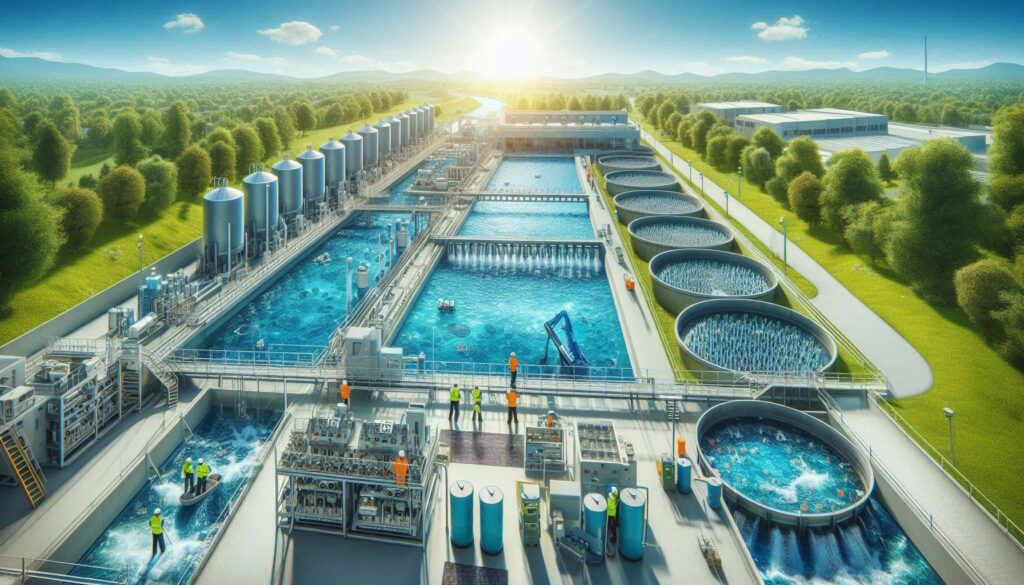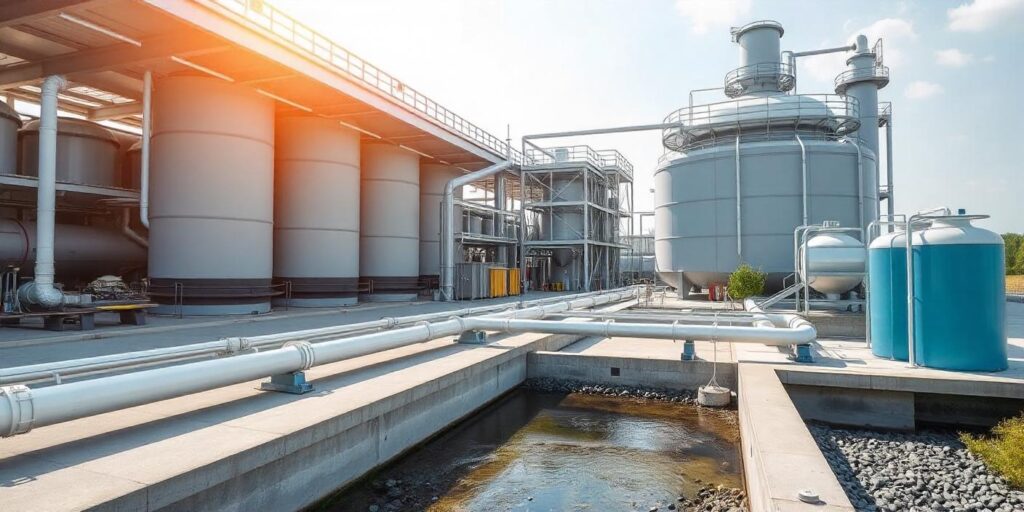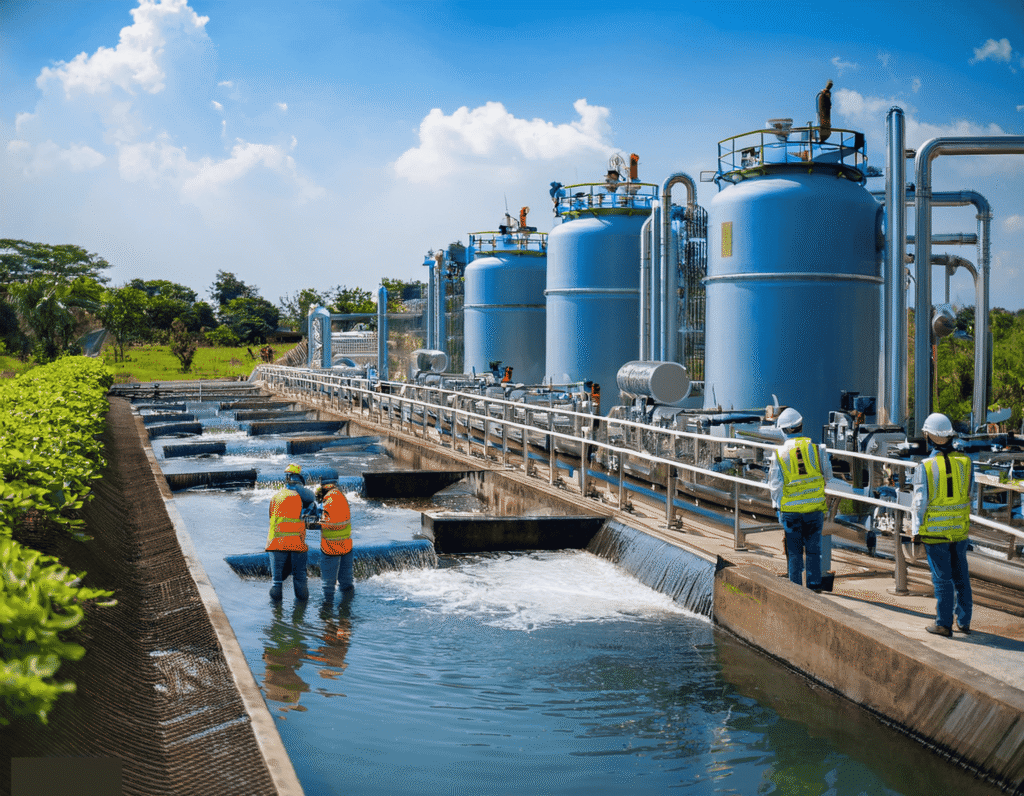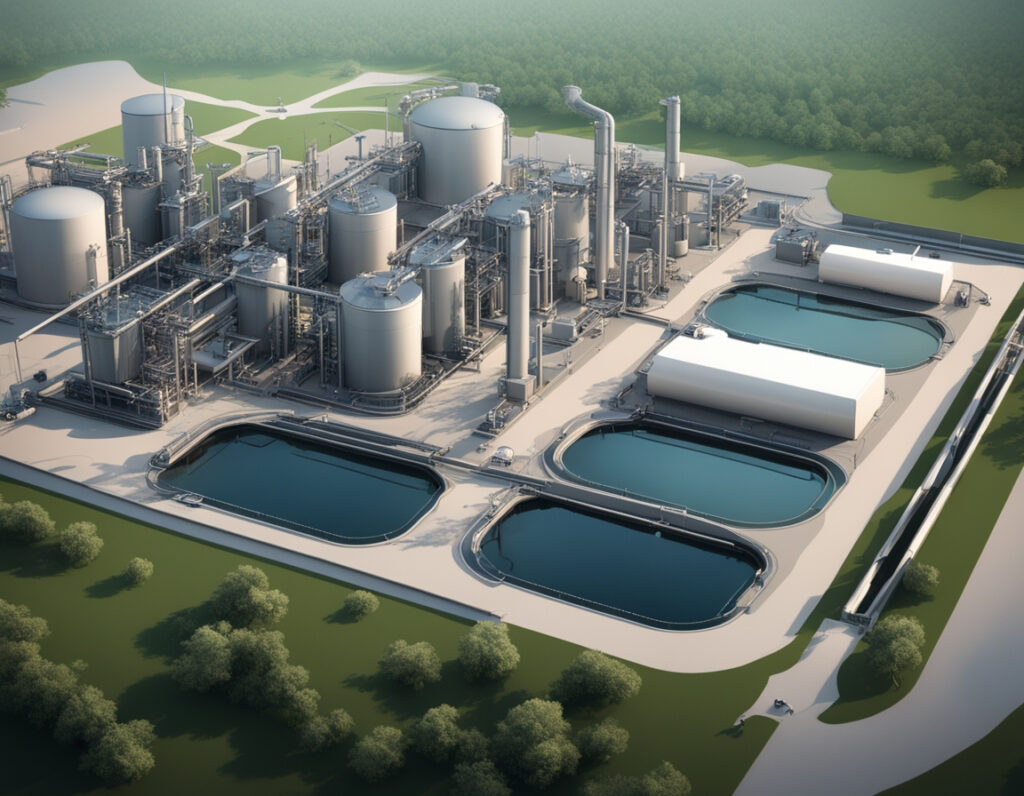Rainwater Harvesting: A Smart Way to Secure Our Water Future
In this peaceful scene, rainwater is collected from a modern, eco-friendly house surrounded by lush greenery. Discover how rainwater harvesting can create a sustainable future while living in harmony with nature.
Rainwater Harvesting: A Smart Way to Secure Our Water Future Read More »










